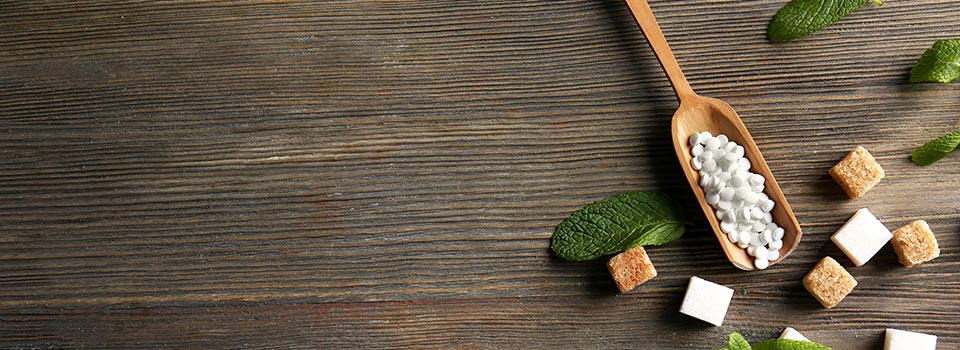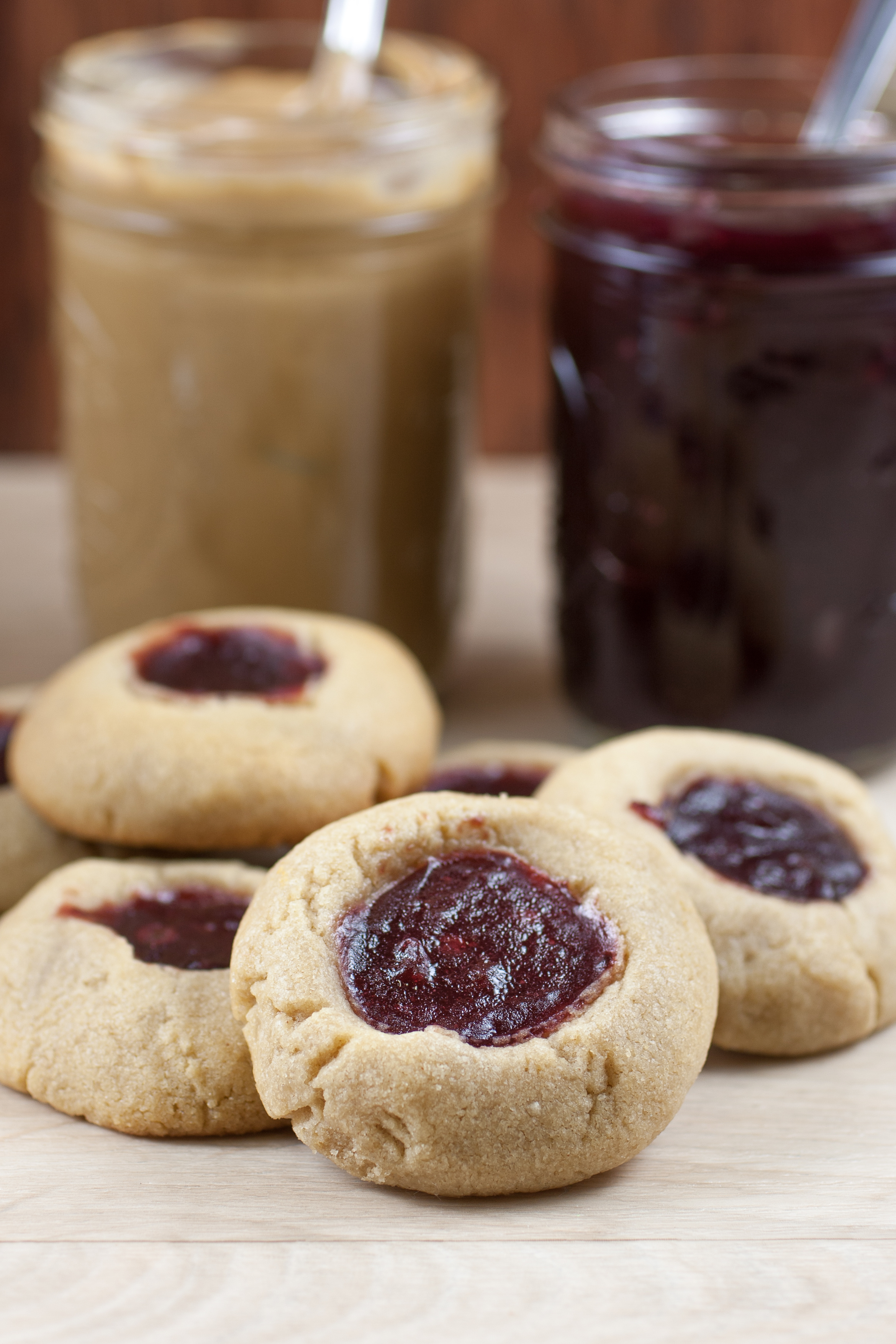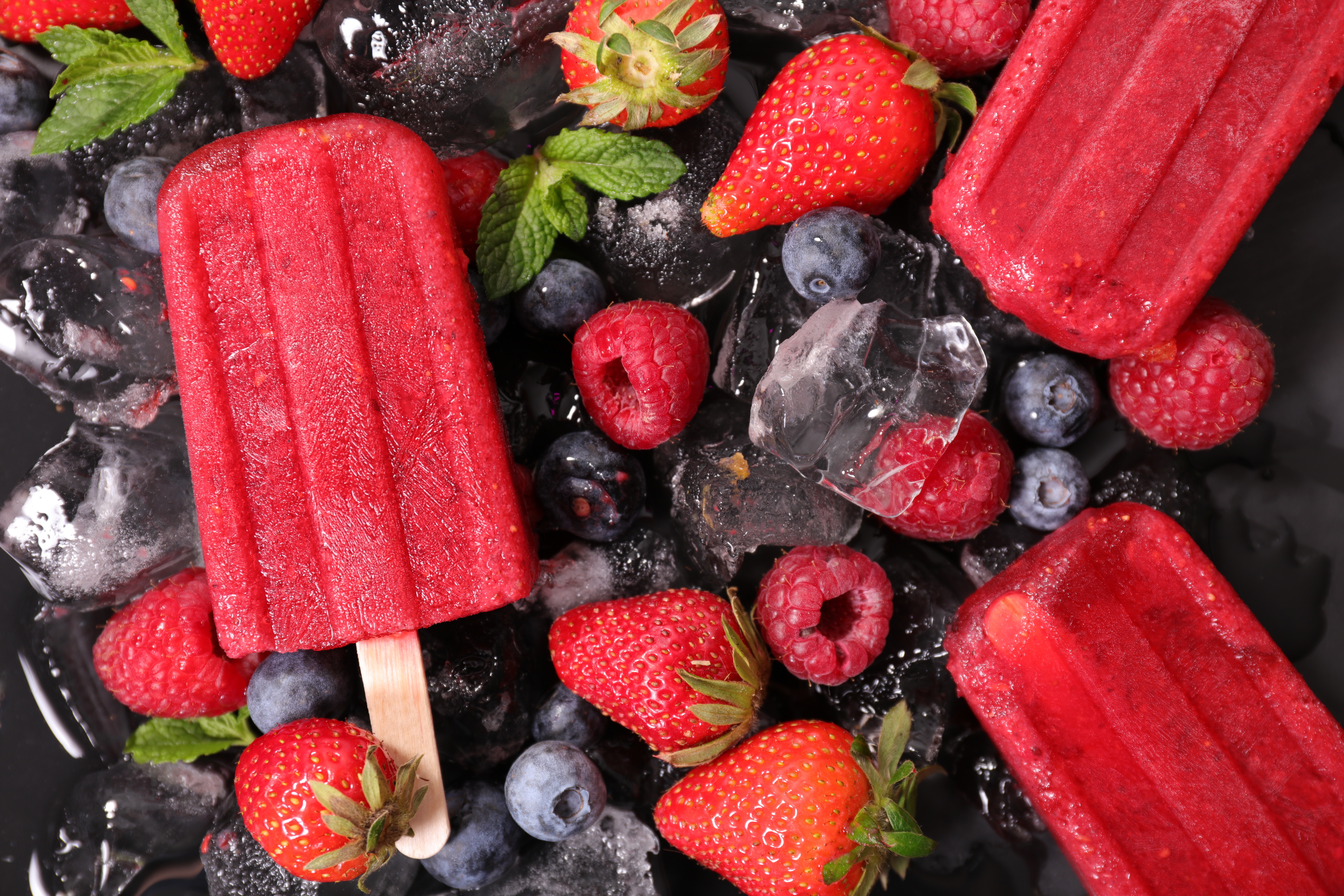July 10, 2012 — Using low-calorie sweeteners in beverages and other foods has the potential to help people reach and maintain a healthy body weight and is helpful for glucose control for people with diabetes, according to a new scientific statement from the American Heart Association and the American Diabetes Association. The statement is published in the American Heart Association journal Circulation and the American Diabetes Association journal Diabetes Care, and confirms previous support statements from these two major health organizations.
According to scientific statement lead author, Christopher Gardner, Ph.D., associate professor of medicine at Stanford University in California, “While they are not magic bullets, smart use of non-nutritive sweeteners could help you reduce added sugars in your diet, therefore lowering the number of calories you eat. Reducing calories could help you attain and maintain a healthy body weight, and thereby lower your risk of heart disease and diabetes. But there are caveats.”
“For example, if you choose a beverage sweetened with non-nutritive sweeteners instead of a 150-calorie soft drink, but then reward yourself with a 300-calorie slice of cake or cookies later in the day, non-nutritive sweeteners are not going to help you control your weight because you added more calories to your day than you subtracted,” said Dr. Gardner. “However, if you substitute the beverage with non-nutritive sweeteners for a 150-calorie sugar-sweetened soft drink, and don’t compensate with additional calories, that substitution could help you manage your weight because you would be eating fewer calories.”
Non-nutritive (low-calorie) sweeteners covered in the statement include acesulfame potassium,aspartame, neotame, saccharin, stevia and sucralose. The safety of these non-nutritive sweeteners is supported by the U.S. Food and Drug Administration.
The American Heart Association recommends that most women eat no more than 100 calories per day and men no more than 150 calories per day of added sugars. This recommendation is based on research that showed diets high in added sugars contribute to obesity and cardiovascular heart disease. Limiting intake of added sugars can help reduce calorie intake and can help people achieve or maintain a healthy body weight.
Beyond calories, and focusing more specifically on added sugars, non-nutritive sweeteners have their place for people with diabetes.
“For example, soft drinks sweetened with non-nutritive sweeteners do not increase blood glucose levels, and thus can provide a sweet option for those with diabetes,” said Diane Reader, R.D., CDE, one of the statement authors speaking on behalf of the American Diabetes Association.
“The use of non-nutritive sweeteners may be used in a carbohydrate-controlled food plan, to potentially reduce carbohydrate intake which may aid in weight management and diabetes control,” said Reader.
“We are pleased to learn of this new position statement,” noted Haley Stevens, Ph.D., president of the Calorie Control Council. “With the increasing rates of overweight and obesity, low and reduced calorie sweeteners and the products that use them offer consumers great taste with fewer calories – and controlling calories can aid in weight control and diabetes management.”
“For anyone trying to monitor or reduce their intake of calories or added sugars, the potential impact of choosing ‘diet products’ with non-nutritive sweeteners needs to be considered within the context of the overall diet . Strategies for reducing calories and added sugars also involve choosing foods which have no added sugars or non-nutritive sweeteners – such as vegetables, fruits, high-fiber whole grains, and non- or low-fat dairy,” Dr. Gardner said.
A full PDF of the statement can be found on the American Heart Association’s website. For more information on low-calorie sweeteners and how to incorporate low-calorie foods and beverages into a healthy lifestyle, visit www.caloriecontrol.org.
# # #
The Calorie Control Council, established in 1966, is an international non-profit association representing the low-calorie and reduced-fat food and beverage industry. Today it represents 40 manufacturers and suppliers of low-calorie, low-fat and light foods and beverages, including the manufacturers and suppliers of more than a dozen different dietary sweeteners, fat replacers and other low-calorie ingredients.









